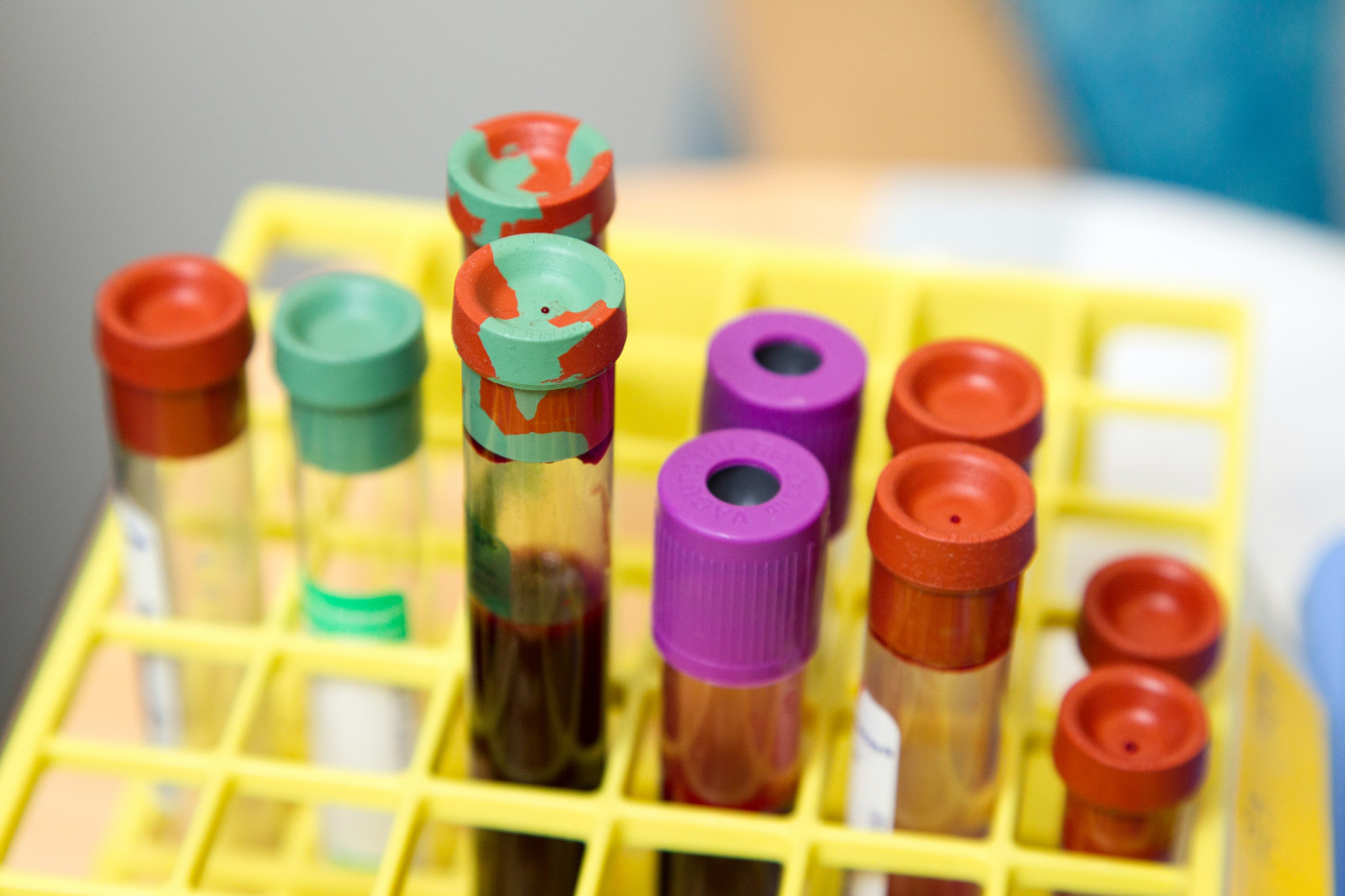Protein in Stem, Blood Cells May Be Marker of PAH Course, Severity

circulating blood cells
Levels of a protein found in certain blood cells indicate the severity and prognosis of pulmonary arterial hypertension (PAH), a study suggested.
The findings could help achieve earlier diagnosis of PAH, which may improve clinical outcomes, researchers said.
The study, “Circulating nerve growth factor receptor positive cells are associated with severity and prognosis of pulmonary arterial hypertension,” was published in the journal Pulmonary Circulation.
Vascular remodeling in the lungs — changes in the structure of lung blood vessels, a hallmark of PAH — is thought to be driven by so-called endothelial progenitor cells, or EPCs, and mesenchymal stem cells, known as MSCs. While EPCs are precursors of cells lining the blood vessels, MSCs are adult stem cells that can differentiate into multiple tissues, including bone, cartilage, muscle, and connective tissue.
As progression of vascular remodeling leads to worsening PAH, circulating mesenchymal precursor cells could help assess the disease processes of PAH.
Biological markers can provide an accurate picture of the likely course of a disease in a patient. A protein receptor known as NGFR, a marker for the isolation of primitive and dividing stem cells, has been associated with the progression of vascular remodeling in people with acute coronary syndrome — a sudden, reduced blood flow to the heart. Thus, research suggests that the levels of such markers could be relevant to PAH mechanisms.
Now, scientists in Japan used a technique called flow cytometry to assess whether the frequency of circulating EPCs and MSCs, containing markers such as NGFR, increases in PAH patients, and is associated with disease severity and prognosis.
The study (UMIN000032832) included 30 patients with PAH and 15 healthy people who served as controls. Among the patients, most were women (nine, 60%) and the median age was 46. Most (80%) had PAH classified as World Health Organization Functional Class II, characterized by shortness of breath during everyday activities.
At the time of the evaluation, 40% had taken endothelin receptor antagonists — that include Opsumit (macitentan) — and 37% phosphodiesterase type 5 inhibitors, which include Revatio (sildenafil) and Adcirca (tadalafil).
When the scientists compared peripheral blood samples between the two groups, the proportion of cells displaying markers of EPCs and MSCs was higher in patients with PAH than in healthy controls.
The results also showed that a higher proportion of blood cells with NGFR was strongly correlated with higher mean pulmonary arterial pressure and pulmonary vascular resistance, the internal resistance to blood flow within pulmonary arteries. It also was tied to lower cardiac index, or cardiac output divided by body surface area. In other words, the more cells that expressed NGFR, the more severe the disease.
Notably, the frequency of NGFR did not differ across PAH subtypes, namely idiopathic (no identified cause) or heritable PAH, connective tissue disease, and atypical PAH.
The group with PAH was followed up for one year to assess the occurrence of major adverse events, defined as death or lung transplant. During this period, five patients (16.7%) died due to heart failure and none underwent a lung transplant.
To understand whether NGFR could serve as a predictor of major adverse events in people with PAH, the investigators established a limit for the proportion of NGFR-positive cells of 0.067%. During the year of follow-up, the rate of survival with no major adverse events was significantly higher in patients with PAH who had less than 0.067% of NGFR-positive cells than in those with a higher percentage.
The levels of other markers also were found to be increased in the PAH group, and some correlated with blow flow parameters. However, “among these markers, NGFR was the most strongly correlated with disease severity, and may be a prognostic factor for PAH,” the researchers concluded.







